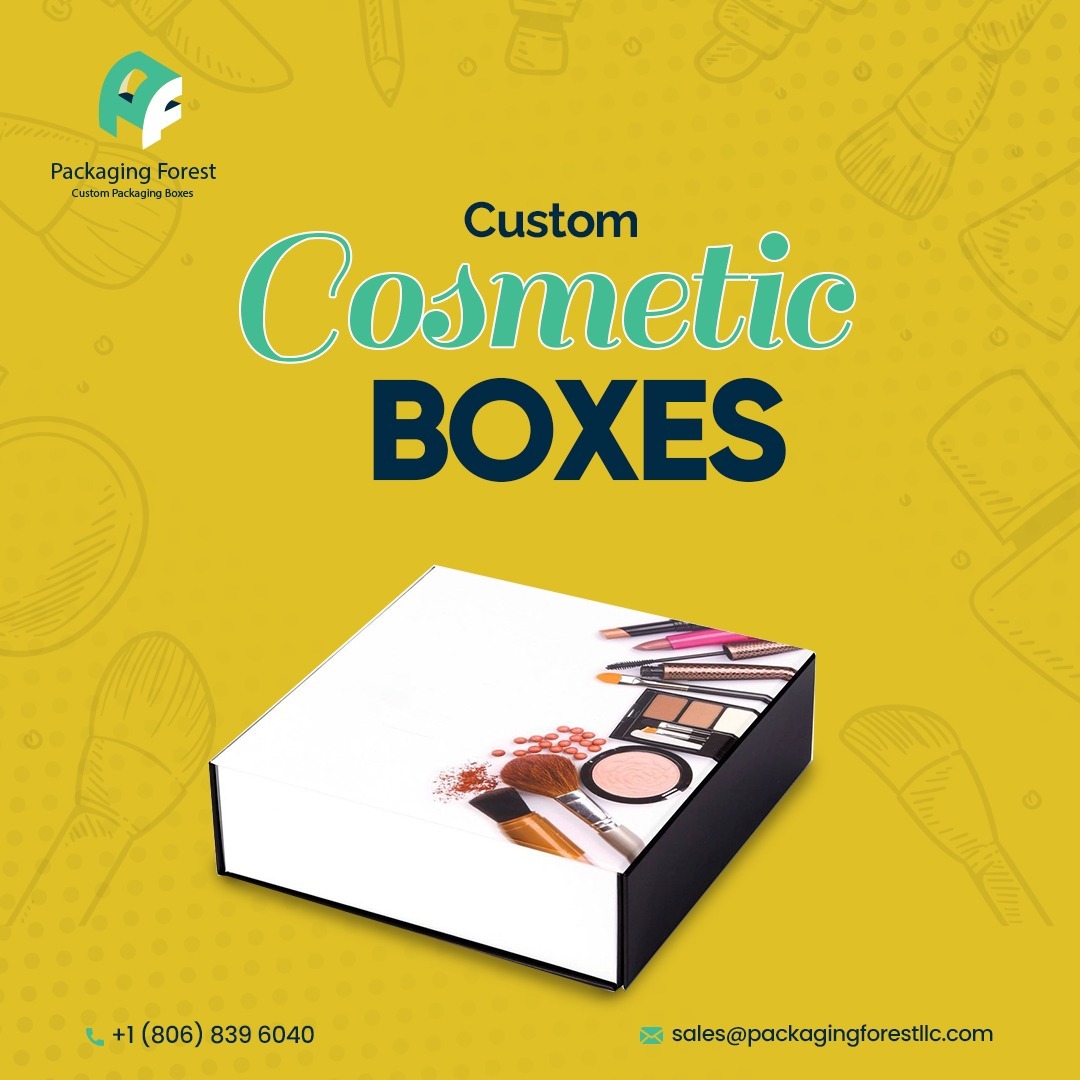Introduction
Cosmetic Packaging means the materials and cases utilized for packaging cosmetics like concealer, skin care products, shampoos and conditioners, perfumes, and personal care products. It protects the product, gives information to clients, and makes the product look nicer. This package is very important in a cosmetics business because it affects how customers see the brand, how they feel about it, and how many products they buy.
Applications of Cosmetic Packaging in Daily Life
- Protection: They make sure the goods are secure and don't break. It protects them from light, air, wetness, and damage, which keeps their quality and effectiveness.
- Information and Branding: Containers are a way to get important information to customers, such as the item's name, ingredients, how to use it when it was made, and when it goes bad. It also demonstrates the brand's personality and principles, attracting clients and making the product stand above other comparable ones.
- Easy to use and portable: It was constructed to be easy to use and move around. Smaller sizes, packaging that's easy to take on the go, and characteristics like the pumps, sprays, and roll-on applicators make it simpler for people to take their best makeup with them wherever they go.
- Looks and appeal: How makeup packaging looks greatly impacts whether or not a person buys it. Objects stand out on the shelves and make a good impact when they have intriguing designs, bright colors, and new ways of packing.
Types of Cosmetic Packaging
- Bottles: Most lotions, creams, serums, and shampoos come in bottles. They come in different sizes and forms, like round, square, or oval, and can have pumps, droppers, or flip-top caps to make them easy to operate.
- Jars: Face masks, lotions, and body butter that are thicker work well in pots. They have a wide hole that makes them easy to use, and they frequently come with caps that screw on or twist off.
- Tubes: Products like toothpaste, lip glosses, and hand lotions can be packaged in tubes, which are a flexible choice. They are small, simple to carry, and let you decide how much product comes out.
- Compacts: Pressed powders, colors, and eye shadows are often put in compacts. They usually have a magnifier, a powder puff, or a brush. In addition to this, you can use them to touch up your makeup on the go.
- Sachets and single-use packaging: Sachets of soap and single-use packaging are often used for sample sizes or travel-sized goods. They contain one use of a good and are usually made of flexible, easy-to-tear materials like plastic or paper.
Materials Used in Cosmetic Packaging
- Plastic: Cosmetic Boxes are frequently constructed of plastic because it is versatile, durable, and cheap. Polyethylene terephthalate (PET), polymer (PP), and polyethylene (PE) are all common kinds.
- Glass: Packaging made of glass feels high-end and expensive. It is often used in expensive skincare items, perfumes, and makeup that require UV protection.
- Metal: Lip oils, solid smells, and nail polish often come in metal containers like aluminum or tin. It does an excellent job keeping things sound and has a unique look.
- Paper and Cardboard: Paper and cardboard are choices for packing cosmetics that are good for the environment. They are frequently employed for labeling, extra packing, and outer boxes. They are easy to transform, and you can recycle them.
- Bioplastics: Bioplastics are made from content that can be employed repeatedly, like sugar cane, maize, or algae. They offer an option for standard plastics that is better for the environment. Moreover, it reduces the greenhouse gas emissions of makeup products.
"Eye Shadow Boxes: Enhancing Packaging and Presentation for Eye-catching Makeup"
Eye Shadow Boxes are cases developed for holding and showing off eye shadow products.
1. Material Choice: Most of the time, these boxes are made of cardboard, paperboard, or rigid board. The substances above are good for packing because they are light and cheap and offer good structure stability.
2. Die Cutting: Special tools cut the material of choice into the shape and size that the customer wants. Die-cutting ensures that the eye makeup boxes are the same size.
3. Printing and Design: Graphics, names of businesses, product details, and other artistic elements are written on the flat backing that contains the die-cut material.
4. Surface Finishing: Different finishes and methods make the eye shadow palettes look better and endure longer.
5. Folding and Assembly: The box is created by folding the published, finished material along lines that have already been marked.
6. Placement of the insert: Depending on the overall layout and packing needs, inserts or dividers may be put inside the mascara boxes to serve as individual eye shadow pans or to split different shades.
7. Quality Control and Inspection: After the eye shadow boxes are put together, they are checked to ensure they meet the standards.
8. Packaging and allocation: Once the eye makeup boxes pass through the quality assurance stage, they have been sealed in bulk and are ready to be sent out.
By following these steps in creating, these boxes are made that not only guard the makeup but look nice enough to attract users. Depending on the organization's needs and the final product's standards, the precise stages and changes in the production process may be different.





Comments